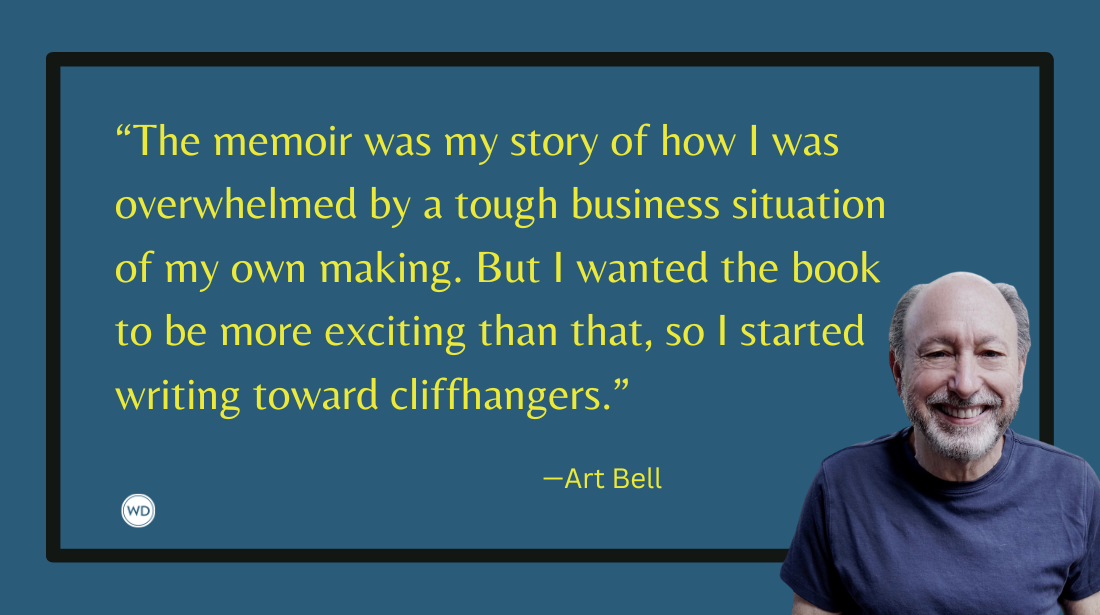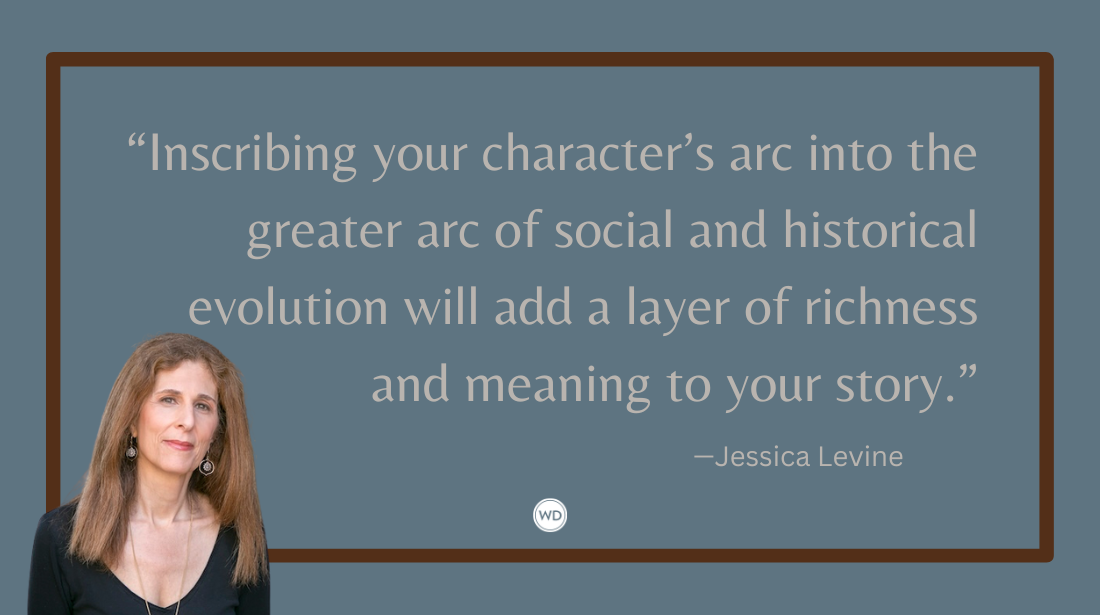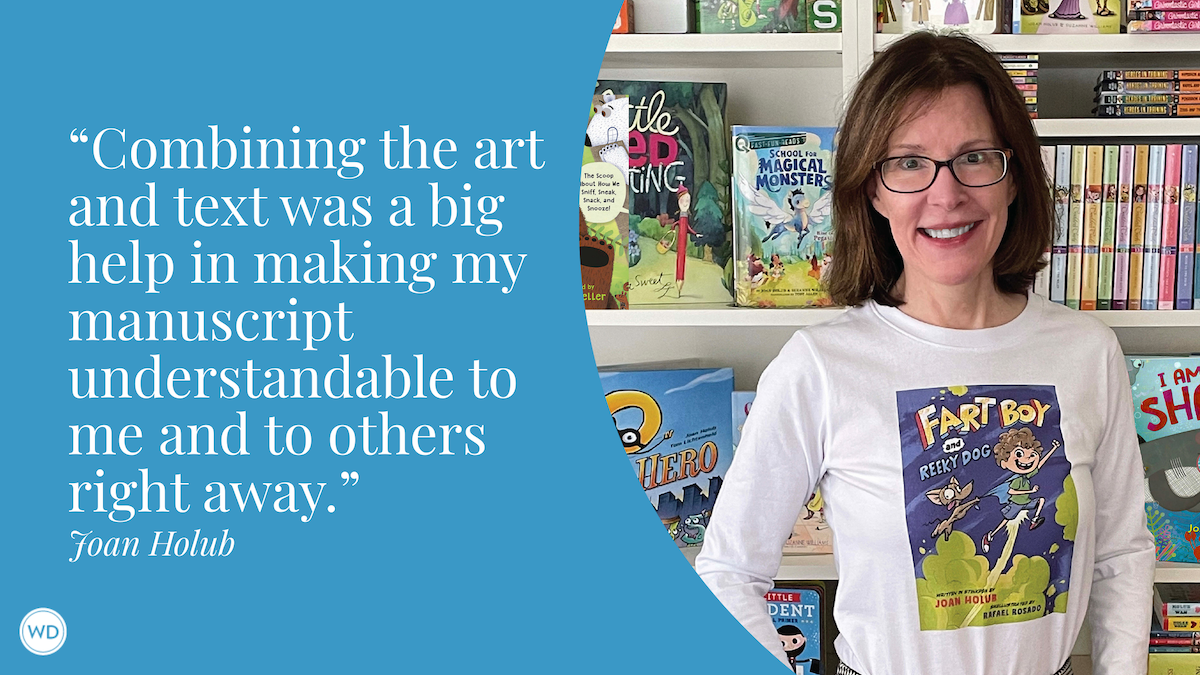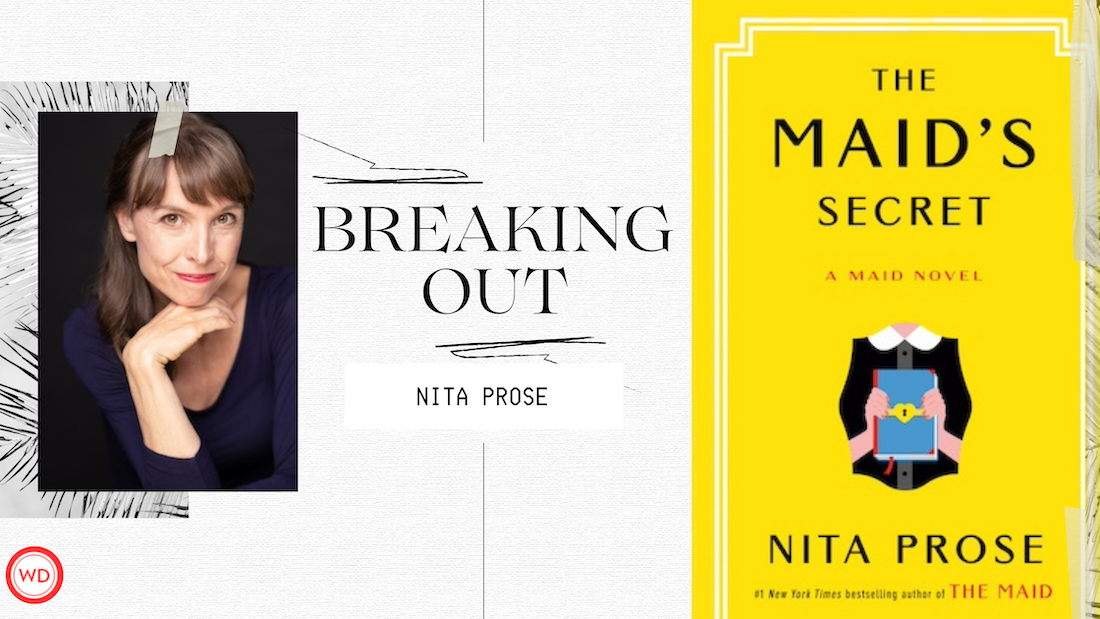Moves and Counter-Moves: Letting Your Antagonist Drive the Plot
If you’re having a hard time coming up with what your protagonist does in the middle of your story, it may help you to figure out what your antagonist is doing.
There are a few sections of writing a novel that always seem to give people trouble… You know, the beginning, the middle, and the end... Okay, so, all of it.
But for me, the middle can be one of the hardest sections to write. It’s the majority of your novel and it’s vital to keep your readers interested as you take them to the end you planned. But how do you keep things moving in the middle? What happens between the exposition and the climax? How do you get your characters to the end?
These are questions I both ask and hear asked often.
So, in response, I came up with questions that have helped me keep things going in the middle.
- What is your antagonist’s goal?
- What tasks have to happen for that goal to succeed?
These questions force you to stop thinking about your beloved protagonist for a few moments. We're told to have active characters, and ideally, the action occurs because of the protagonist.
But if you get stuck, I encourage you to try letting your antagonist drive the action.
He has a goal. He needs a plan. Every goal has smaller steps that have to be taken to achieve the goal, and those steps make the plan. It’s the same thing that happens when you decide you want to write a novel. Your smaller tasks are often broken down into creating characters, acquiring a computer, getting a cup of coffee, plotting the scene out, and writing a chapter. In order to achieve your large goal, you must first accomplish those smaller tasks.
So I ask again: What is your antagonist's goal? What tasks does he need to accomplish before he can complete the large goal?
Once you’ve figured out your antagonist’s goal, you get to move to the fun part: How is your protagonist going to get in the way of those tasks and goals?
But, as with the antagonist’s goal, the protagonist’s goal of stopping the antagonist will be broken down into smaller tasks. How does she hear about the antagonist’s plan? What causes the protagonist to feel the need to act against the antagonist? (It’s great to have an evil queen, but why should your villager feel obligated to stand up against her? The average villager will probably complain to his family about the injustice but isn’t super likely to grab his sword and storm the castle. What I’m asking here is what gives your protagonist the audacity to storm the castle?)
After the protagonist is engaged in the drama and dedicated to stopping the antagonist, each scene after can be a series of moves and counter moves. Each small attack should bring your protagonists and antagonists closer to the final climax where each has had some wins and some losses. As you write each small battle, you're taking a chunk out of the middle, and carrying your reader toward the climactic end.
Speaking of the climax, this should be the point where the antagonist has enough in place that he is about to accomplish his large goal. If he is trying to take over the world, he should be down to only one more choke point held by a meager resistance, likely led by your protagonist. The climax is where the antagonist only has one more task to accomplish before his goal is complete.
So if you're having a hard time coming up with what your protagonist does in the middle of your story, it may help you to figure out what your antagonist is doing. Then you'll also know what your protagonist has to do to beat him, and the middle will practically write itself! Well, maybe not, but at least you’ll have a clear direction of where you’re going.
*****
J. J. Hanna is a Professional Writing major at Taylor University. In her spare time, she makes YouTube videos and comics, and practices Karate at a local dojo. She began writing in middle school and hasn’t stopped since, going to college with the focus of honing her craft. She can often be found curled up cuddling a cat and reading crime fiction or thrillers.








